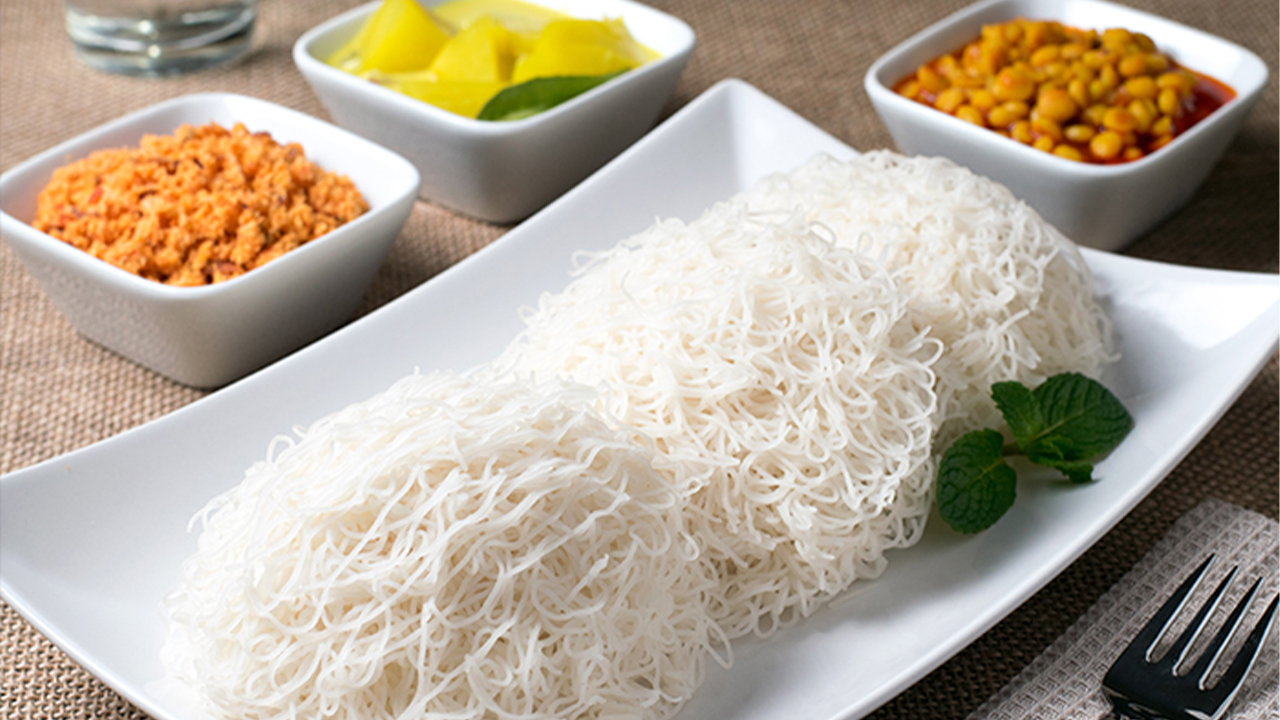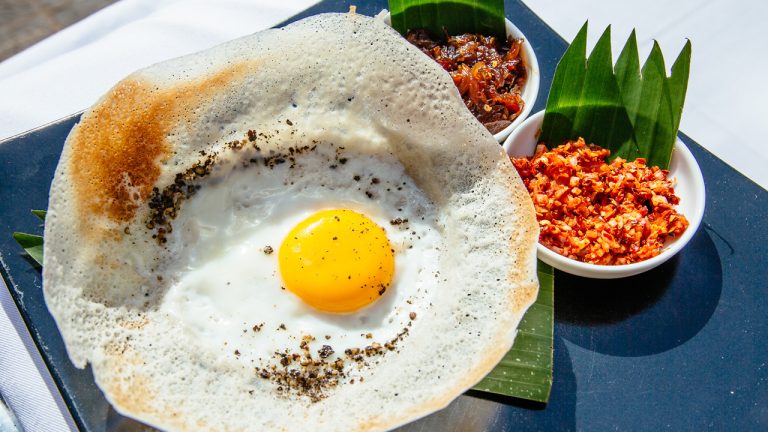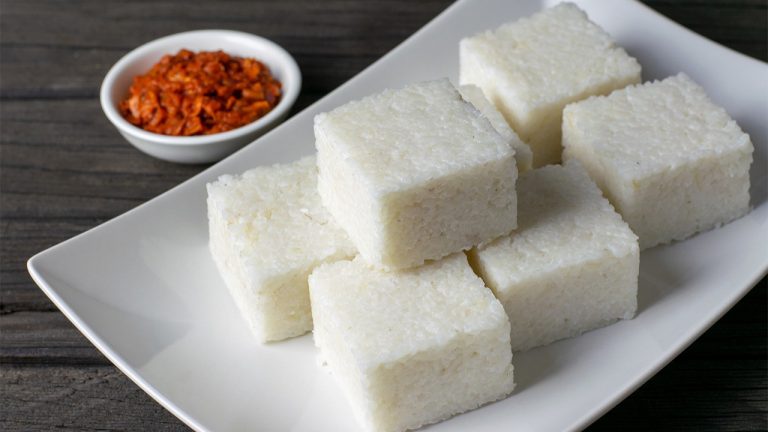String Hoppers: A Culinary Tapestry
String hoppers, a delicate and beloved dish, intricately woven into the culinary fabric of various cultures, carry a rich history and a delectable taste that transcends borders. Let’s delve into this culinary delight, exploring its origins, cultural significance, diverse variations, health benefits, and its evolving role in modern cuisine.
Introduction to String Hoppers
What are string hoppers?
String hoppers, known by various names across different regions, are delicate, steamed rice flour noodles fashioned into thin, circular nests. These strands, often referred to as “idiyappam” in South India or “nool puttu” in Sri Lanka, hold cultural significance, often featured in festive meals and daily cuisine.
History and Origin
Origins of string hoppers
The genesis of string hoppers traces back centuries, believed to have originated in South India, where it was a staple among various communities. Its evolution spread across the Indian subcontinent and eventually found its way into Sri Lankan, Malaysian, and Indonesian cuisines, each adding its unique touch to the dish.
Ingredients and Preparation
Ingredients used
Typically, string hoppers comprise rice flour, water, and a pinch of salt. The dough is meticulously pressed through a sieve to form fine strands, which are then steamed to perfection in small circular shapes.
Variations Across Regions
Different types of string hoppers globally
While the fundamental recipe remains consistent, variations abound. In Sri Lanka, coconut milk is often added for a hint of sweetness, while in Malaysia, it might be paired with savory curries or served with grated coconut.
String Hoppers in Cuisines
Incorporation in various cuisines
String hoppers transcend boundaries, finding their way into diverse cuisines. From being an integral part of breakfast in South India to being a delightful accompaniment in festive meals, its versatility knows no bounds.
Health Benefits
Nutritional value
Rich in carbohydrates and low in fat, string hoppers offer a gluten-free alternative to traditional noodles. The inclusion of rice flour makes it a healthier choice for those with dietary restrictions.
Cultural Significance and Traditions
Rituals and traditions involving string hoppers
String hoppers hold a revered place in cultural ceremonies, symbolizing unity and togetherness. They are often prepared during festivals and family gatherings, signifying shared moments of joy and celebration.
String Hoppers in Modern Context
Contemporary adaptations and innovations
In recent years, string hoppers have undergone modern reinterpretations, finding themselves as a canvas for fusion dishes and culinary experiments, enticing both traditionalists and adventurous food enthusiasts.
Popular Serving Styles
Different ways string hoppers are served
Whether paired with spicy sambal or served with a fragrant curry, string hoppers offer a delightful taste and texture, adapting seamlessly to various accompaniments and styles of serving.
Tips for Perfect String Hoppers
Cooking tips and tricks
Achieving the perfect texture and consistency requires finesse. Understanding the nuances of steaming and handling the delicate strands is crucial for a delectable outcome.
Celebrations and String Hoppers
String hoppers in celebratory meals
In many cultures, special occasions and celebrations are incomplete without the presence of string hoppers. Its significance lies not just in taste but in the symbolism of togetherness and prosperity.
String Hoppers: A Culinary Experience
Sensory experience while eating
The act of consuming string hoppers isn’t merely about taste; it’s a sensory experience. The soft texture combined with aromatic accompaniments creates a symphony of flavors and aromas.
Community and String Hoppers
Community gatherings involving string hoppers
From communal cooking sessions to sharing meals, string hoppers foster community bonding, fostering a sense of unity and camaraderie over a shared love for food.
Global Appreciation and Recognition
International acknowledgment and popularity
With globalization, string hoppers have gained recognition worldwide, attracting food enthusiasts and becoming a highlight in culinary tourism, showcasing the diversity and richness of global cuisines.
Conclusion
String hoppers, beyond being a culinary delight, represent the essence of cultural fusion and shared experiences. Its versatility, health benefits, and cultural significance make it a cherished dish that continues to weave its way into hearts and palates worldwide.
FAQs
Can I make string hoppers without a string hopper maker?
Yes, you can use a piping bag or improvised tools to create the delicate strands.
What are the best accompaniments for string hoppers?
Common accompaniments include spicy curries, coconut sambal, or a simple dhal.
Are string hoppers gluten-free?
Yes, as they are made from rice flour, they are naturally gluten-free.
Can I store string hoppers for later consumption?
They can be stored in the refrigerator for a few days and reheated before serving.
Are there sweet variations of string hoppers?
Yes, some recipes incorporate jaggery or sweetened coconut for a dessert-like version.



